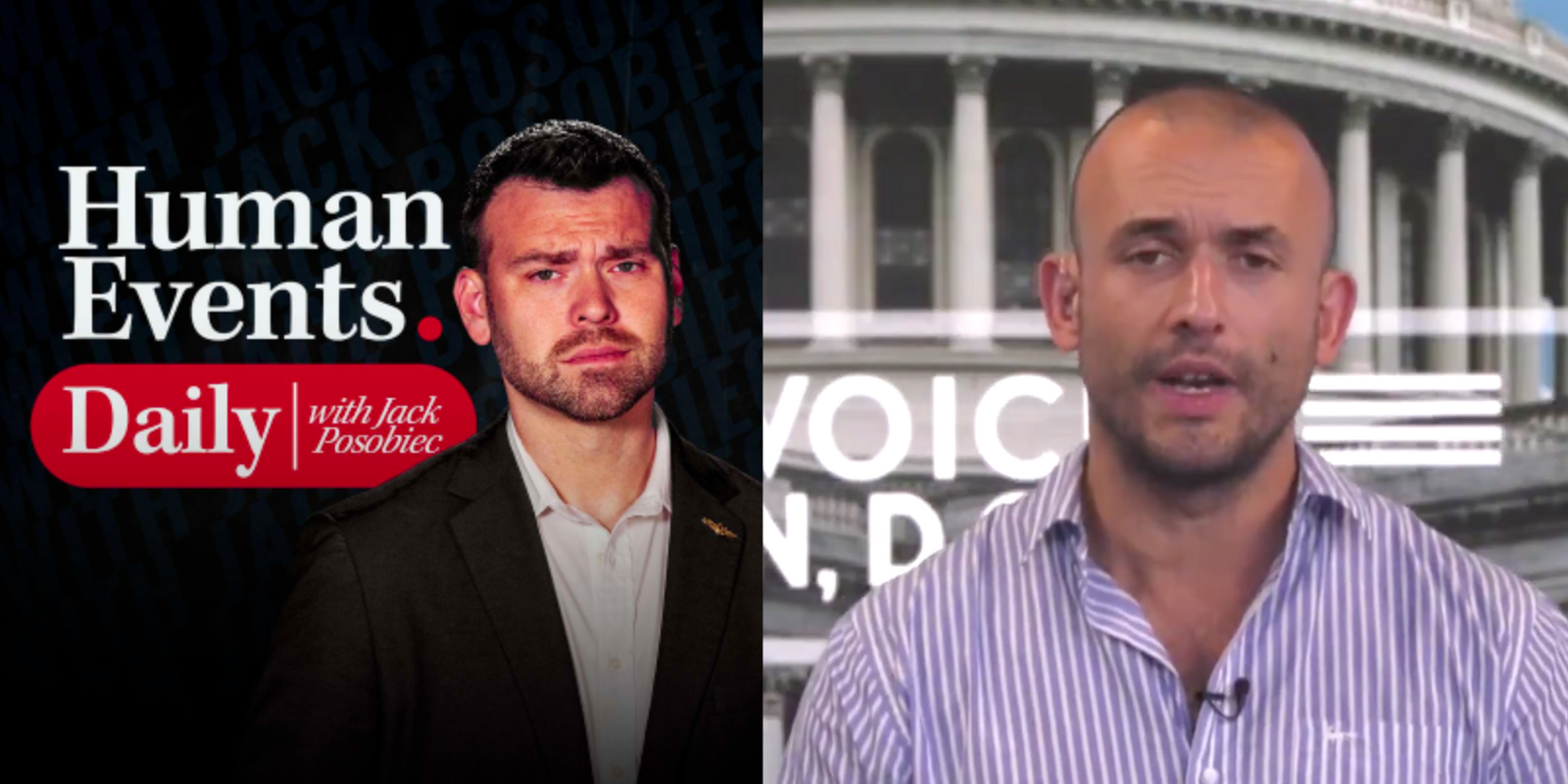Fed chair Janet Yellen testified this week on the state of the economy. The only interesting thing to come of it was some sharp-edged criticism by Republican members of the House Financial Services Committee. That includes committee chair Jeb Hensarling, who said, "Fed reforms are needed ... Fed reforms are coming."
Senator Rand Paul, for one, is pushing a bill to audit the Fed, by which he means auditing the Fed's policies and discussions. But Yellen and other Fed big shots fiercely oppose any rules that might be imposed on the central bank by Congress.
Now, down through the years, the Fed has always resisted rules in the name of independence from political pressure. But there's an interesting backstory here.
In the early 1970s, President Nixon allegedly (it's never been proven) ordered then-Fed chair Arthur Burns to goose the money supply to spur the economy and help the Nixon reelection effort. This story becomes even creepier, since Nixon and his entourage destroyed the dollar and launched double-digit inflation by breaking the gold-dollar link established in 1944 at Bretton Woods.
So the Fed has a point about politics.
Later in the 1970s, however, a Democratic Congress voted for the Humphrey-Hawkins bill, which mandated the Fed to keep both unemployment and inflation down. That became law. And of course, for most of the '70s and early '80s, the dollar sank lower while unemployment and inflation ratcheted higher. That prompted Republicans to jawbone the Fed to establish money-supply targets, which followed the dictum of Nobelist Milton Friedman (who wanted to replace the Fed with a computer).
For a while, Fed head Paul Volcker published money-supply targets. But Ronald Reagan told Volcker to do whatever was needed to conquer inflation while he and Congress reduced marginal tax rates and reignited economic growth. The Fed had no new rules. But for 20 years, the economy worked beautifully.
Then the rule story shifts to the financial meltdown of 2008, when the Fed went wild. It pushed the target rate to zero and flooded the banking system with over $4 trillion in new reserves. That really didn't work. Most of the Fed's money creation went unused; it was turned around by banks and placed on deposit at the Fed.
Former Dallas Fed president Bob McTeer points out that the money supply never ballooned out of control and the Fed didn't pump up anything, because the velocity (or turnover) of money collapsed. Economist John Ryding calculates that over the past six years, while the Fed's balance sheet grew near 17 percent a year, the M2 money supply increased only 6 percent annually, in line with the long-term trend, while money velocity fell 2 percent yearly and nominal GDP grew by roughly 4 percent. There was no Big Bang and also no inflation.
Today, Janet Yellen may rightly or wrongly be associated with liberal Democrats, but a key point is that she talks dovish and acts hawkish. She shut down so-called QE reserve creation, a surprise to many.
And lately, the U.S. dollar has gone up while oil and commodity prices have gone down. As a result, an improving economy is trying to reach 3 percent growth.
So Republicans attacking Yellen and calling for higher interest rates should be careful what they wish for. A strong dollar and low energy costs have put the economy in a good place.
Now, if President Obama would agree with the GOP to slash the corporate tax, the economy might grow at 4 or 5 percent with a stronger dollar and even lower commodity prices. Wouldn't that be ironic? Too bad Obama won't agree to a serious corporate tax cut.
As for rules and the Fed, there are a bunch of proposals out there: There's the inflation-fighting Taylor rule, which seemed to work in the 1980s and '90s. There's a gold-commodity-King Dollar price rule (which I favor) that also worked in the '80s and '90s. There's the new-monetarist nominal-GDP-growth rule, although the trouble here is that velocity keeps falling and money GDP has gone nowhere. Alan Greenspan (!) is actually telling people that gold is the only true currency. And Professor Taylor himself is suggesting that the Fed could create its own rule, any rule, but would have to answer to Congress if it ever went off it.
At the end of the day, the economic incentives from lower tax rates and regulatory burdens are the right levers to promote faster growth. And central banks should focus on sound currencies and price stability.
Looking at a renewed King Dollar and low U.S. inflation, the Fed seems to have done its job. So either 1) it's a miracle or 2) the Fed actually knows what it's doing.





